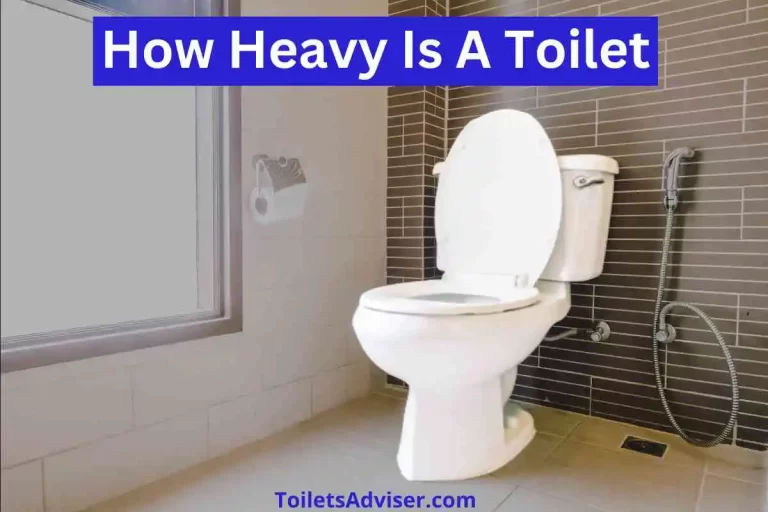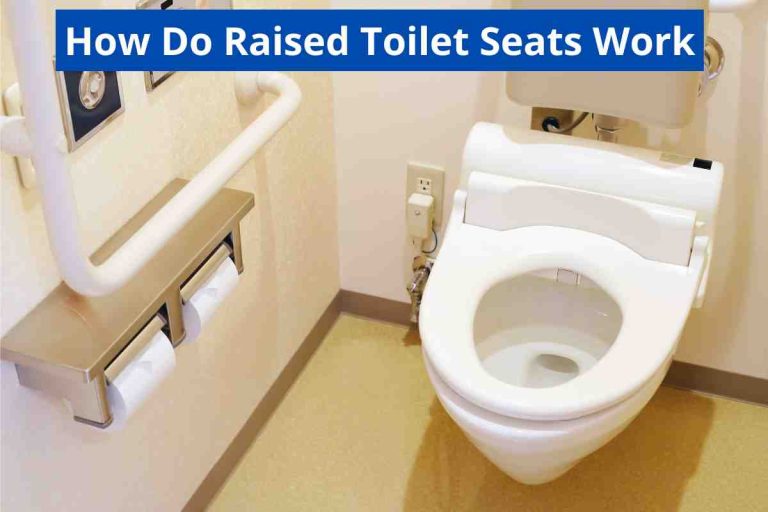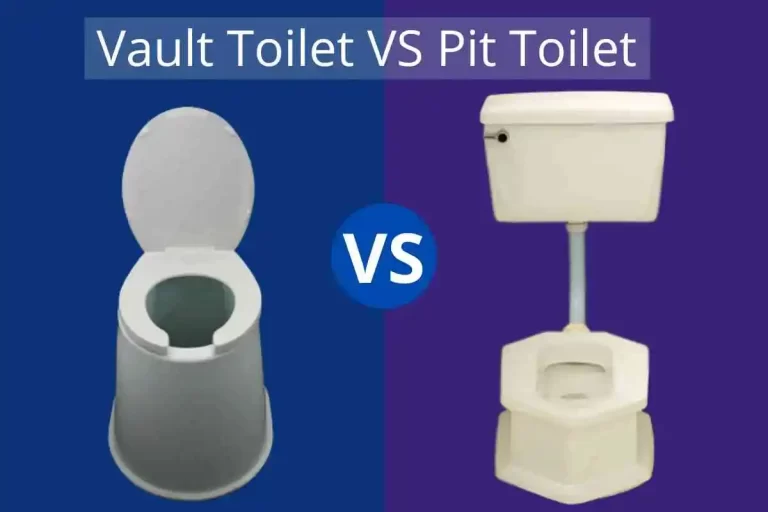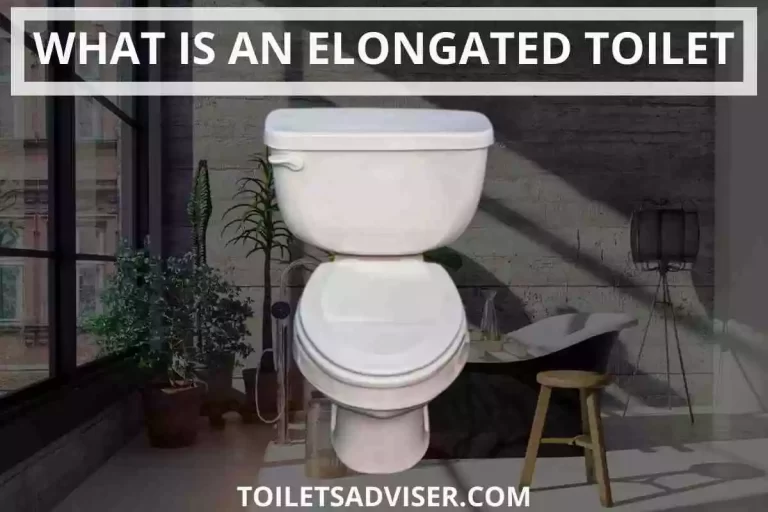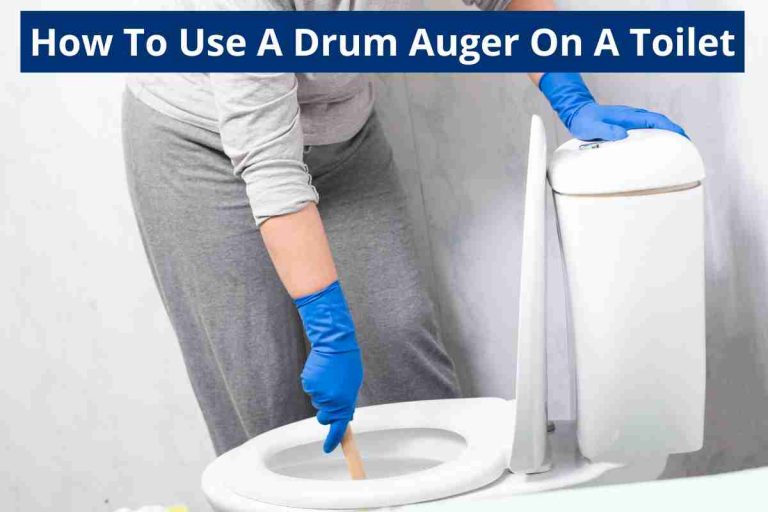Can A Running Toilet Increase Water Bill(Leaking Toilet)2024
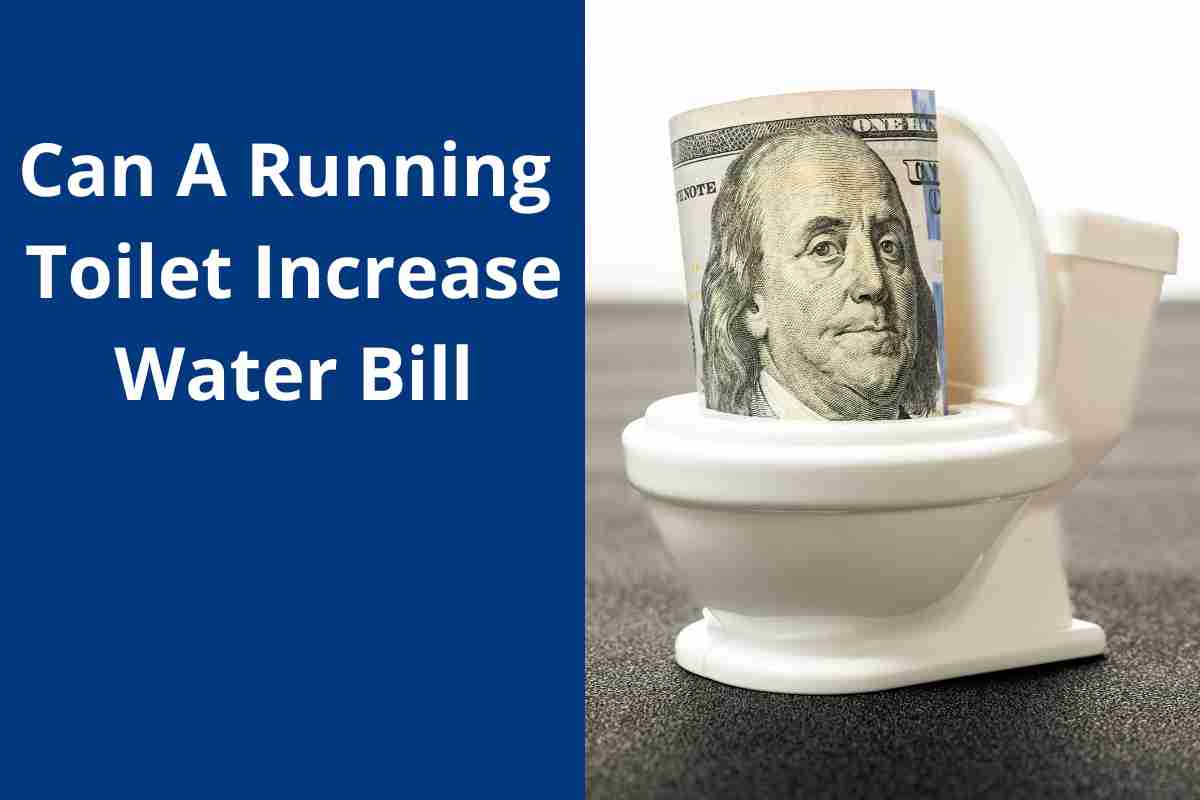
The volume of water that flows down the drain can waste up to 200 gallons a day or more if a toilet is continuously running. Fixing toilet leaks as soon as possible will prevent the family from experiencing significant increases in water usage. When the tank is full, the fill valve is fitted with a float that controls the shutoff of the water line. Water exits the tank when it is flushed through the flush valve located in the middle of the tank. This blog post consists of a complete detail on “Can A Running Toilet Increase Water Bill?”
There are three most common causes of a flush not working including a dirty flapper, too long or short a chain connecting the flush lever to the flapper, or an out-of-place float. There is an estimated $200 tacked onto your monthly water bill for every running water toilet roughly $2,500 a year squandered down your toilet bowl and it is equivalent to thousands of gallons of water wasted. Let’s discuss;
Table of Contents
Can A Running Toilet Increase Water Bill?
Discover how to troubleshoot and fix your toilet to stop this waste in this article on how to stop a running toilet. The annual cost of repairing a leaking toilet can reach $2,000! Having a leak in your toilet is simple, and it’s highly likely if you hear it running. Then, wait about 15 minutes before flushing the toilet after adding one teaspoon of food coloring to the water. The toilet bowl should have colored water after flushing, indicating a leak from the tank.
Let’s highlight the main possible reasons that cause loss of your money in the form of repairing.
Toilet Flushing
The fact that you understand the whole process of flushing gives you the ability to determine what might be causing your toilet to be in a constant state of flushing. Understanding how flushing works is the first step to fixing a running toilet that wastes water. It is important to know that when you flush the toilet, there is a flapper that opens, causing water to flush out, after which the float is raised which shuts off the water when it reaches the specified level.
Troubleshooting floats and valves
There is a good chance that the float is the cause of the running toilet. As a result of setting the float too low, a weak flush is caused. However, raising the float will interfere with the operation of the fill valve, as the water spills into the overflow tube when the float is set too high.
Measure down about an inch from the top of the overflow tube of the toilet to determine if the float is too high. This should be done by marking a line on the tube. If the water reaches the mark and stops at the mark, the toilet needs to be flushed again. A float adjustment is required if it doesn’t.
Troubleshooting Chains and Flappers
A valve can sometimes be the culprit of the problem. There is a possibility that your valve is defective. In such a situation, you will need to hire someone to replace it if it won’t shut off. There is also the possibility that the chain length can be a contributing factor to the runny toilet behavior.
A flapper must be attached to a chain in order to close properly and when the flapper is not attached to a chain it runs continuously if it is left open for too long. As a final consideration, a worn flapper may be the cause of the problem.
The flapper is often the cause of running toilets. If none of the issues mentioned above are occurring, you can assume the flapper needs replacing.
Other Causes of High Water Bills
According to the Environmental Protection Agency (EPA), a leaking faucet can waste over 3,000 gallons of water annually. By checking your toilets, faucets, and water pipes, you can save a lot of money by avoiding this waste. You can also save even more on your water bill by looking for leaks around the home after fixing the toilet. The cost of water can be influenced by leaky faucets, irrigation systems and pipes.
What Can You Do To Prevent Running Toilets?
- Make sure that the flapper valve does not appear worn or damaged by checking it for signs of wear.
- A worn or damaged flapper valve should be replaced as soon as possible.
- Make sure the chain that is connected to the flapper valve and the flush lever is in good working condition. It should be neither too loose nor too tight so that it does not cause any discomfort.
- Ensure the tank’s water level is adjusted as required. This valve should be set so that it does not overflow into the overflow tube nor that it closes too quickly as this could result in insufficient water flowing to flush the toilet.
- It is possible to reduce the amount of water waste in the bathroom by installing a dual flush or a low-flow toilet.
Frequently Asked Questions
Is it worth it to turn off the water in the toilet?
Of Course! When the water is not wasted then it definitely saves you money as it reduces the water bill.
How long does it take for the toilet water to stop running?
This is not an automatic system. If your toilet suffers from any kind of leakage then you have to hire a professional to rejoin it and stop the water.
Will a running toilet always make noise?
The sound of a running toilet can vary from one to another. The importance of periodically checking for leaks can’t be overstated.
Conclusion
As we discussed above, there are plenty of reasons for your sudden increase in the bill due to excessive wastage of water in your toilet. You should check every part of your toilet from time to time so that it does not put a sudden burden on your pocket.
{ "@context": "https://schema.org", "@type": "BlogPosting", "mainEntityOfPage": { "@type": "WebPage", "@id": "https://toiletsadviser.com/can-a-running-toilet-increase-water-bill/" }, "headline": "Can A Running Toilet Increase Water Bill(Leaking Toilet)2024", "description": "The volume of water that flows down the drain can waste up to 200 gallons a day or more if a toilet is continuously running. Fixing toilet leaks as soon as possible will prevent the family from experiencing significant increases in water usage. When the tank is full, the fill valve is fitted with a float that controls the shutoff of the water line. Water exits the tank when it is flushed through the flush valve located in the middle of the tank. This blog post consists of a complete detail on “Can A Running Toilet Increase Water Bill?”", "image": "https://toiletsadviser.com/wp-content/uploads/2023/04/Can-A-Running-Toilet-Increase-Water-Bill.jpg", "author": { "@type": "Person", "name": "Alex Miller", "url": "https://toiletsadviser.com/" }, "publisher": { "@type": "Organization", "name": "Alex Miller", "logo": { "@type": "ImageObject", "url": "https://toiletsadviser.com/wp-content/uploads/2022/03/cropped-android-chrome-512x512-4.png" } }, "datePublished": "2023-04-09", "dateModified": "2023-04-29" } { "@context": "https://schema.org/", "@type": "BreadcrumbList", "itemListElement": [{ "@type": "ListItem", "position": 1, "name": "Home", "item": "https://toiletsadviser.com/" },{ "@type": "ListItem", "position": 2, "name": "Blog", "item": "https://toiletsadviser.com/blog/" },{ "@type": "ListItem", "position": 3, "name": "Can A Running Toilet Increase Water Bill", "item": "https://toiletsadviser.com/can-a-running-toilet-increase-water-bill/" }] } { "@context": "https://schema.org", "@type": "FAQPage", "mainEntity": [{ "@type": "Question", "name": "Is it worth it to turn off the water in the toilet?", "acceptedAnswer": { "@type": "Answer", "text": "Of Course! When the water is not wasted then it definitely saves you money as it reduces the water bill." } },{ "@type": "Question", "name": "How long does it take for the toilet water to stop running?", "acceptedAnswer": { "@type": "Answer", "text": "This is not an automatic system. If your toilet suffers from any kind of leakage then you have to hire a professional to rejoin it and stop the water." } },{ "@type": "Question", "name": "Will a running toilet always make noise?", "acceptedAnswer": { "@type": "Answer", "text": "The sound of a running toilet can vary from one to another. The importance of periodically checking for leaks can’t be overstated." } }] }
Russel Clark is a plumbing specialist who stumbled into the world of pipes and fixtures with a relentless passion for the trade. My journey into plumbing was unexpected, sparked by a deep-seated curiosity and a desire to make a real difference in people’s lives.
I started as a plumbing helper, where I found myself learning the ropes from experienced plumbers who generously shared their knowledge. Here, I discovered my true calling and fell head over heels for the art and science of plumbing.
I vividly recall my early days, armed with a toolbox and eager to soak up every plumbing wisdom I could find. I embraced the challenges that came my way, from learning to decipher the intricate maze of pipes beneath our feet to mastering the inner workings of toilets, sinks, and showers.
Plumbing, I soon realized, is not just about pipes and wrenches; it’s about ensuring the comfort, safety, and well-being of every home and business. It’s about being the unsung hero who swoops in to save the day when leaks and clogs threaten to disrupt daily life.
Throughout my journey, I’ve encountered a myriad of plumbing puzzles – from burst pipes in the dead of winter to toilets that seemed to have a mind of their own. With each challenge, I’ve honed my skills, learning to think on my feet and find creative solutions to even the trickiest of problems.
Now, with years of hands-on experience, I’m thrilled to share my expertise and passion with you through the blog toiletsadviser.com/. Whether you’re a fellow plumbing enthusiast or someone in dire need of plumbing guidance, I’m here to lend a helping hand.
